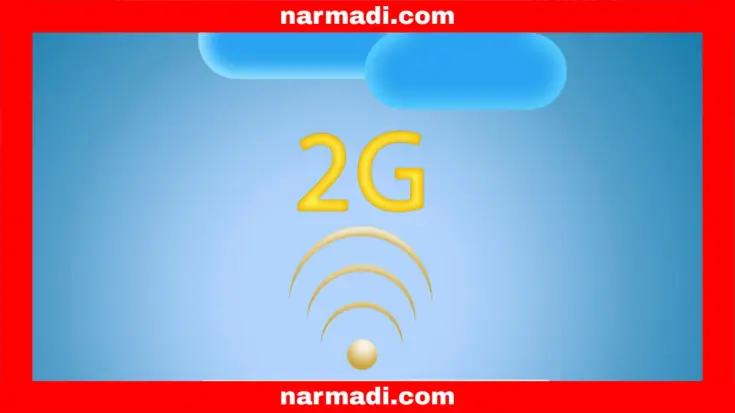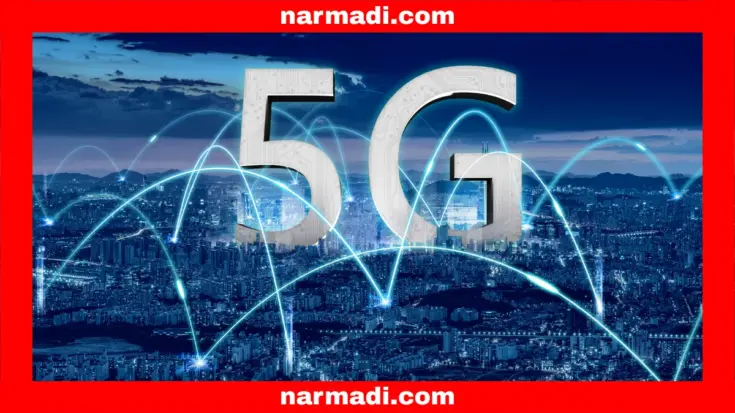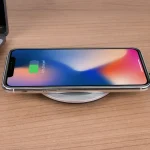In the development of wireless networks, innovation continues. Even today, the evolution of Wireless Wide Area Networks (WWAN) has entered its fifth generation (G5).
The evolution of WWAN has continued since the first generation appeared in the early 1980s, with each generation having its own advantages and disadvantages.
This article will provide information on the evolution of WWAN, along with the advantages and disadvantages of each generation.
Also Read
Table of Contents
The Evolution of WWAN
Wireless Wide Area Networks (WWAN) have grown rapidly since they were first introduced. With rapid innovation, WWAN has developed quickly and significantly. Let’s take a look at the evolution of WWAN development.
1. First Generation (1G)
In the early 1980s, the WWAN era was introduced, known as 1G. This technology was still analog, with a maximum speed of around 2.4 kbps.
1G was still designed specifically for voice calls and did not support SMS or internet data exchange capabilities. In addition, this generation still had low sound quality and low security, making it vulnerable to interference, noise, and easy to intercept.
Its capacity was limited, and its range was also restricted. Using Frequency Division Multiple Access (FDMA) technology, 1G could only handle a very small number of users. Its range was limited and did not allow roaming between other networks.
Despite its many shortcomings, this first generation of WWAN became the first cellular network technology to enable wireless voice calls. This technology was specifically designed for basic voice communication services.

2. Second Generation (2G)
The first evolution of WWAN in the late 1990s brought advanced innovations that introduced 2G. One of the most important advances of 2G was the introduction of the Global System for Mobile Communications (GSM) standard, which enabled devices to be marketed internationally. In addition, this marked the transition from analog to digital technology.
The services offered by this technology were not limited to voice calls; for the first time, it was possible to send and receive SMS (Short Message Service) and MMS (Multimedia Messaging Service). Web browsing was also possible, but the quality was still low.
2G also had limited network capacity and a narrow frequency range, so it could not handle many users or devices connected simultaneously and was more susceptible to interference from other devices, such as microwaves and Bluetooth. In addition, this second generation did not yet support modern applications that required a lot of data, such as online games or video conferencing.
Despite all its limitations, 2G technology can reach rural and remote areas. In fact, it is able to penetrate buildings and has a longer range. Compared to 1G, this first evolution of WWAn has lower power consumption. Not only that, the operational costs and prices of devices that support 2G tend to be cheaper, making them more accessible to users.
3. Third Generation (3G)

First appearing in the early 2000s, after being delayed due to the turn of the century, the launch of 3G brought significant changes in WWAN innovation. This technology offers higher data exchange speeds, enabling faster media streaming and internet browsing. In addition, the 3G system also supports the simultaneous use of voice and data.
Unlike 2G, which was limited to voice and text data, 3G was created to support multimedia applications with the IMT-2000 standard. This third generation also became an important milestone that enabled more reliable mobile internet for many users.
However, this technology still has shortcomings in terms of download and upload speeds, which are still limited, higher power consumption compared to 2G, and limited coverage in remote or rural areas. Although it was popular when it first appeared until the late 2000s, 3G technology has begun to be replaced by faster and more efficient 4G and 5G technologies.
4. Fourth Generation (4G)

The late 2000s marked an important milestone in the evolution of WWAN with the advent of 4G technology. This technology delivered higher data transfer speeds, allowing users to download large files and stream high-quality video smoothly over Wi-Fi and cellular networks.
4G Long-Term Evolution (LTE) also offered lower latency, enabling real-time applications such as video calls and online gaming. Compared to 3G, 4G networks had lower latency, reducing delays in data communication, which was important for real-time applications such as video calls and gaming.
The sound quality of this fourth generation is clearer for voice calls with Voice over LTE (VoLTE) technology. By 2025, 4G will have widespread coverage and generally more affordable service costs, making it a relevant choice.
5. Fifth Generation (5G)

The latest evolution in WWAN is 5G, which was introduced in the early 2020s. It is the fastest and most reliable WWAN innovation to date, with speeds of up to 10 Gbps.
Compared to 4G, this fifth generation can connect more devices simultaneously per square kilometer, up to 1 million devices. This latest generation also has low latency of less than 1 millisecond, making it ideal for real-time applications such as online gaming or autonomous vehicles.
In addition, its large capacity can connect billions of devices in the same area, opening up opportunities for smart cities and industrial automation. The 5G network is more energy efficient, which can extend the battery life of devices.
However, this latest technology is not without its drawbacks. 5G still has a limited range, and its signal is more easily blocked by solid objects such as buildings, walls, and trees. Therefore, it requires the construction of denser cell towers, which come with a high infrastructure cost.
5G is also still vulnerable to attacks, despite being equipped with encryption. Currently, devices and data packages may still be more expensive, and not all devices are compatible.
In conclusion, the evolution of WWAN is driven by the need for faster and more reliable internet networks. From its humble beginnings with 1G to the super-fast speeds of 5G, WWAN has grown rapidly and continues to play a vital role in connecting the world.


















